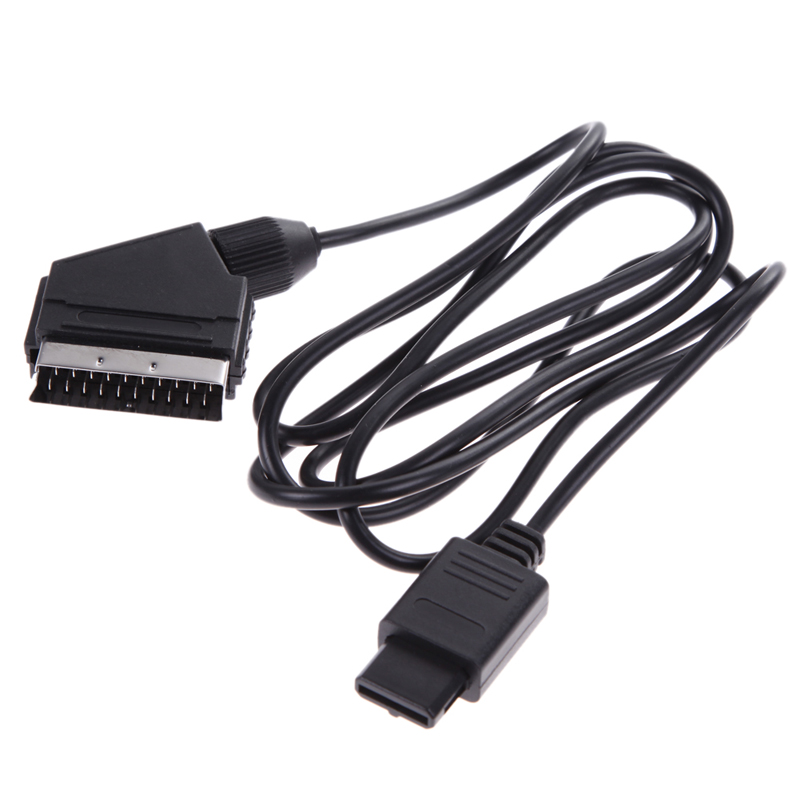I'm using a Sony BVM-1915 for almost 2 years and recently I found out that it's recommended to use BNC terminators for connectors that are not used.
Then, I bought a few BNC terminators to use with the loop-through outputs - since I'm using only one device connected to the monitor. To my surprise, the picture became very dark and dim. It seems the contrast is way too low.
So, using BNC terminators produces a picture with a VERY low contrast. To correct this problem, I need to increase my contrast from 50% (without BNC terminators) to almost 100% (with BNC terminators).
Curiously, I have a small CRT PC monitor with a default contrast setting of 100%. I also have a Sony Wega consumer TV which the "normal" settings is using the contrast at 80% and the "brilliant" and "sports" settings use the contrast at 100%. Now it seems a bit odd that my BVM is able to produce high contrast using only 50% (without the BNC connector).
What's going on? Should I use the terminators with my contrast at almost 100% or remove the terminators and use my contrast at 50%, like I was always doing before?
It's my understanding that a dimmer picture is normal with BNC terminators.
I've read that contrast should be to the max for the better colours, and brightness to about half or whatever level you are comfortable with. Then you dim the contrast a bit if you want a more subdued picture.
To properly adjust contrast (white level), it's best to use a test pattern. There are a ton of good, cheap calibration discs that have this (there may or may not be one on the 240p Test Suite, but I can't remember). If you have a THX DVD, it also may have the THX Optimizer as an extra, which is a collection basic test patterns. It's gets very difficult, if not impossible to set contrast without a pattern.
Once you have the pattern displayed on screen, you'll want to turn up the contrast control as high it will go until any of the following happens:
Clipping: The upper range of white will start to blend together, losing fine detail. It starts at the brightest white levels and works its way down the higher contrast is set. Ideally you want to see as many gradations of white as possible.
Blooming: This is similar to clipping, but results in a fuzziness or blur around bright objects on screen. The brighter/whiter the object, the more blooming will affect its appearance. Again there's a loss of detail or clarity.
Geometry Distortion/Warping: If the contrast is too high, then it may cause warping or distortion. A good way to check this is with a grid pattaern in additon to a white level pattern.
Discoloration: Too high of a contrast can lead to changes in the color of white. Instead of mainting a neutral shade, white could shift to a different shade (such as blue). This will then affect other colors, throwing off the acccuracy of the display.
If any of these happen, you'll want to turn the contrast down until just before they occur. Once you've done that, you should then turn it down further until it's comfortable to view. If it's too high you'll easily get eye strain--especially if the room is dark. Also keep in mind that the higher you have it adjusted, the more strain you'll put on the components too (particulary the picture tube).
Before or after you've adjusted the contrast (or white level) control, you'll want to adjust the brightness (or black level) control. This requires a test pattern as well, which would also be on the same discs that contain one for contrast (I know for sure the 240p Suite has this particular pattern).
To adjust black level, you'll want to turn down the brightnss control all of the way until the darkest bars in he pattern (which are supposed to be equal to or darker than video black) dissappear. The next bar or couple of bars that are slightly lighter should be just barely visible. More specifics for this will depend on the specifc test pattern you are using, though the idea is the same for all of them. I should also add that black level may need to be adjusted differently depending on the input or source.
It's important to keep in mind that the brightness and contrast controls often interact with each other (especially on CRTs), so changes to one may affect the other. You may need to switch back and forth, readjusting until they're both consistent. Also keep in mind that CRTs will change black and white level dynamically depending what's displayed on screen (despite having the exact same settings). A full white screen, a small white square on a black background, and a checkerboard pattern will each show differing levels of white and black (they should all be the same on a perfect display).
As for color, technically, contrast does affect the color. If white and black are correctly set, however, then this isn't a problem. Adjusting color is a completely seperate beast and should only be done after white and black have been properly set. Fortunately, when displaying an RGB signal on CRT montiors, there shouldn't be any color calibration needed as the controls are often locked out. Some later model Sony monitors also have an auto color calibration function too.








